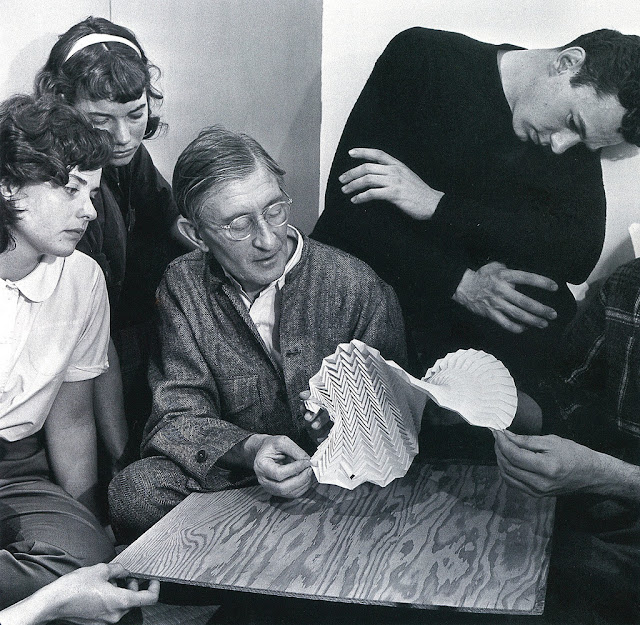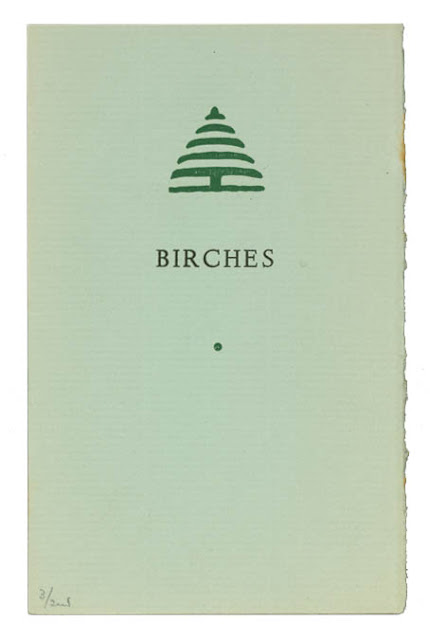Breathing
Kika Dorsey: Embodied Language: Julia Kristeva's Theory of Poetic Language and Tantric Buddhism According to Reggie Ray
At first glance, it's hard to imagine two more different ways of seeing the world than Tantric Buddhism and the heady world of the French feminists. Tantric Buddhism is an ancient religion with practices that predate Buddhism, for example the mantras, rhythmic chants that go back at least to the Vedic tradition and were used to identify and communicate with deities. The Tantric tradition focuses on mantras, mandalas (illustrated circular pictures), and mudras (hand gestures), all to inspire the practitioner to be in touch with some aspect within him or herself, or to identify with a Boddhisvatva of an essential quality, like wisdom or compassion. Contemporary Buddhists like Reggie Ray have especially embraced Tantric Buddhism's emphasis on the individual's embodied experience. This body-centered philosophy values our own experiences of breath and attention during meditation over ancient texts and rituals. Oddly enough, French feminist Julia Kristeva's theory of poetic language calls for a similar return to bodily experience and importance of rhythm in the creation of language, which I translate as breath and heartbeat. I say oddly enough because the world of the French feminists and critical theory has traditionally been extremely intellectual, with a specialized language that is virtually unreadable to the uninitiated.










Comments
Post a Comment